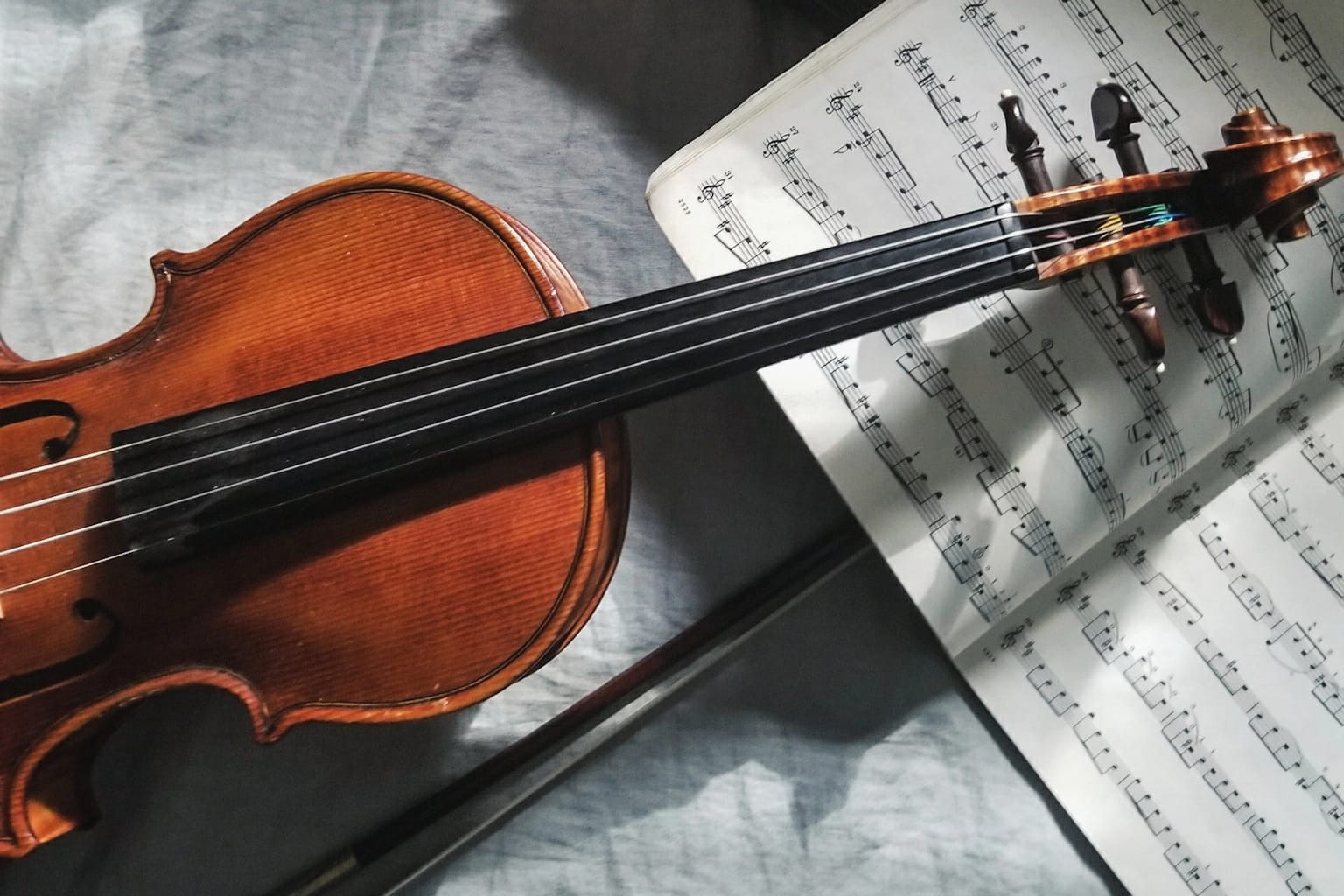 KUSC’s Alan Chapman has a lot to say about music, but can he say it in 60 seconds? That’s the Chapman Challenge. We ask a question and Alan has a minute to answer it.
KUSC’s Alan Chapman has a lot to say about music, but can he say it in 60 seconds? That’s the Chapman Challenge. We ask a question and Alan has a minute to answer it.
Today’s question is: What exactly are Köchel numbers?
When you see the name of a piece by Mozart, it’s usually followed by the letter K and a number. Those numbers were attached in the nineteenth century by Ludwig von Köchel. He was a Viennese botanist and mineralogist who did something that others had attempted, but none had pulled off. He created a catalog of Mozart’s compositions. Köchel took all the works he knew of that could be attributed to Mozart and placed them in what he believed to be their chronological order.
K. 1 is a little minuet Mozart played for his father, who wrote it down. Mozart was just a little shy of six years old. And the last piece in the catalog, K. 626, is the requiem Mozart left unfinished.
Through the years there have been revised editions of the catalog. Many new works have come to light since Köchel’s time and some that he thought were authentic have turned out not to be.
Nevertheless, Köchel created the first rigorously scholarly catalog ever, and it became a model for cataloging the works of many great composers.
That’s today’s Chapman Challenge. Is there a question you’d like to have answered in 60 seconds? Send it to us at [email protected].







